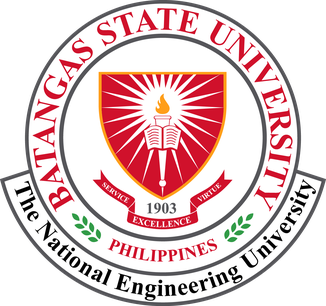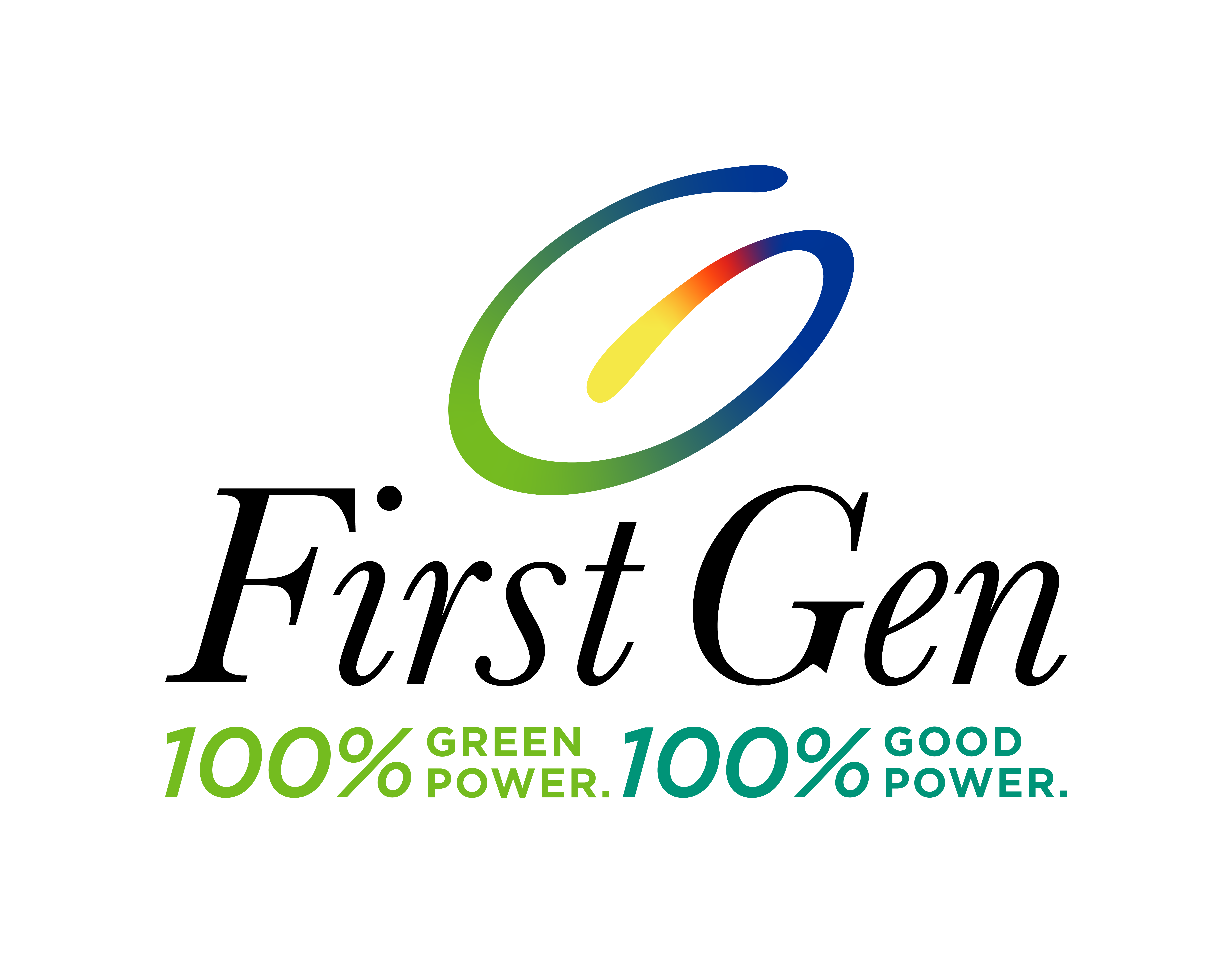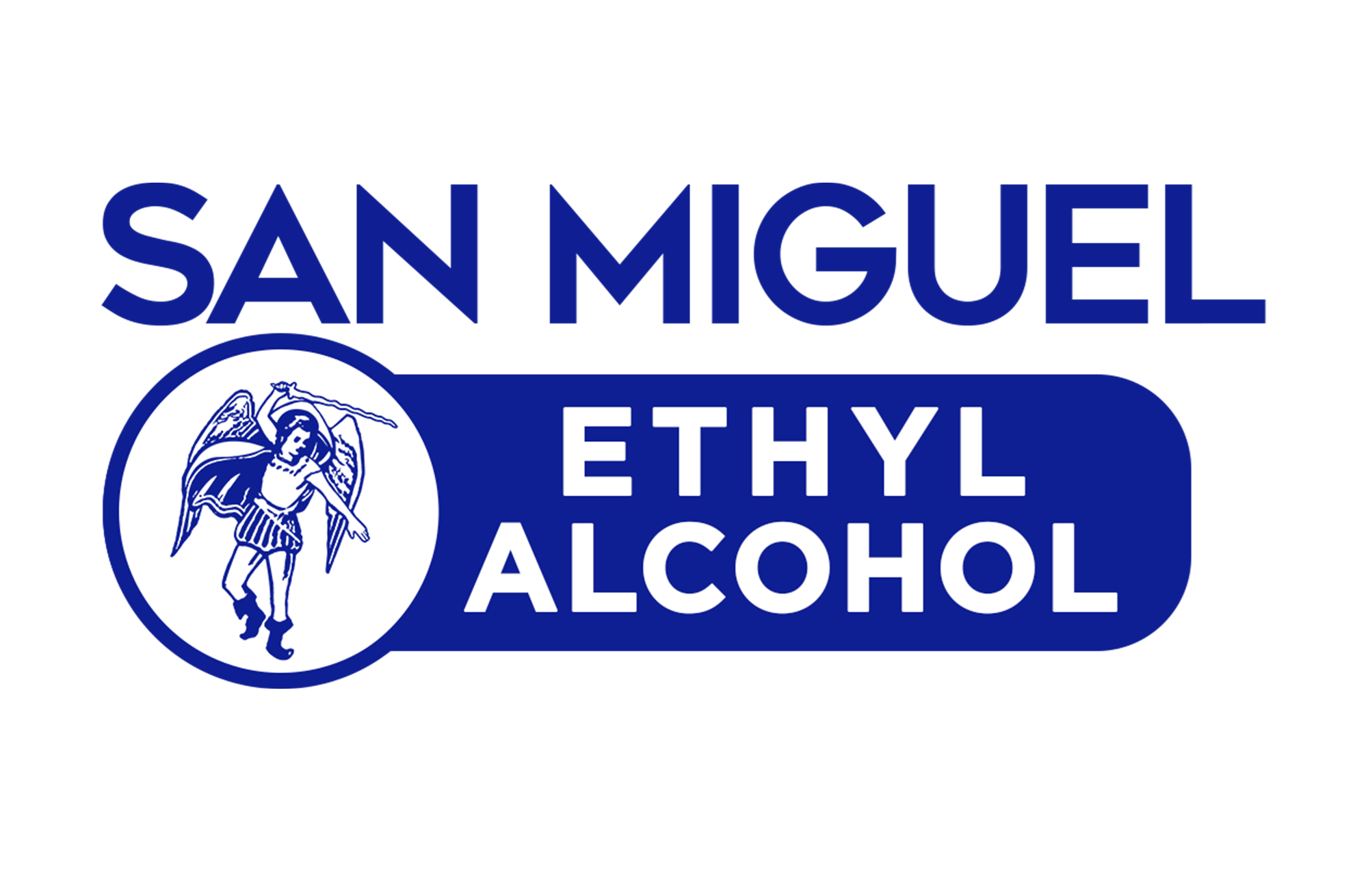The future of gravitational-wave astronomy
Abstract
Advanced LIGO and Virgo are now in their third observing run, having detected ten binary black hole mergers and one binary neutron star merger to date. The future of this field is bright, with future prospects including tests of general relativity in the ultra-strong field regime, probing of bulk matter at supranuclear densities, and much more. I will recap what gravitational-wave astronomy has taught us about the Universe to date, and discuss some of the next major discoveries that we hope to see in the upcoming observation runs. I will also discuss a new piece of software that is lowering the bar for gravitational-wave and non-gravitational-wave scientists alike to easily analyse LIGO/Virgo data, with the opportunity to make their own discoveries.















